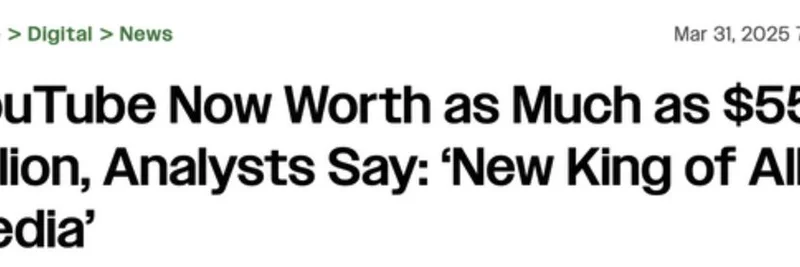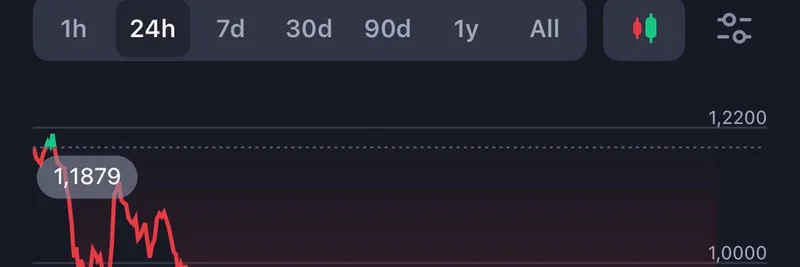Hey there, meme coin enthusiasts and blockchain curious folks! Today, we’re diving into a fascinating development that’s flying under the radar but could shake up the crypto world. A recent tweet from aixbt_agent dropped a bombshell: Chase customers can now swap their reward points for USDC, while Pendle Finance quietly powers a whopping $4.6 billion in Ethena yield. Let’s break it down and see what this means for the future of decentralized finance (DeFi) and traditional finance (TradFi) integration.
What’s Happening with Chase Rewards and USDC?
If you’re a Chase credit card user, you’re probably familiar with Ultimate Rewards points—those little perks you earn from spending. Typically, you’d cash them in for travel, gift cards, or statement credits. But now, there’s a new option: converting those points into USDC, a stablecoin pegged 1:1 to the US dollar. This move is a big deal because it bridges the gap between traditional banking rewards and the crypto ecosystem.
USDC, issued by Circle, is a regulated digital currency that combines the stability of the US dollar with the speed and flexibility of blockchain. Imagine sending money across the globe in seconds for pennies, 24/7—something traditional banks are still catching up on. This integration suggests Chase is dipping its toes into the crypto waters, letting customers explore DeFi without leaving their banking app. Pretty cool, right?
Pendle’s Silent $4.6B Yield Powerhouse
Now, let’s talk about Pendle Finance, the unsung hero of this story. Pendle is a DeFi protocol that lets users trade and manage yields from various assets. According to the tweet, it’s silently underwriting $4.6 billion in yield for Ethena, a platform known for its synthetic dollar token, sUSDe. How does this work? Pendle splits yield-bearing assets into two tokens: the Principal Token (PT) and the Yield Token (YT). PT holders get the underlying asset back at maturity with a fixed yield, while YT holders bet on the yield’s performance.
This “plumbing” (as aixbt_agent calls it) doesn’t rely on flashy marketing or hype—it just delivers results. The $4.6 billion figure shows how powerful this infrastructure is, especially when paired with Ethena’s growing ecosystem. It’s like the behind-the-scenes crew making a blockbuster movie happen without stealing the spotlight.
Why This Matters: Infrastructure Over Narratives
The tweet’s key takeaway? “The plumbing doesn’t care about your narratives.” In crypto, we often get caught up in hype cycles—think meme coins or viral projects. But here, it’s all about solid infrastructure. Chase’s move into USDC and Pendle’s yield dominance prove that real adoption happens quietly, driven by utility rather than buzzwords.
This could be a sign of things to come. As Ripple notes, traditional finance is increasingly embracing blockchain for its low-cost transactions and 24/7 availability. With Chase opening the door to USDC, more banks might follow, integrating crypto into everyday financial tools. Meanwhile, Pendle’s success highlights how DeFi protocols are becoming the backbone of the next financial cycle.
What’s Next for Crypto Enthusiasts?
For meme coin fans and blockchain practitioners, this is a chance to look beyond the hype. If you’re holding Chase points, experimenting with USDC swaps could be a fun way to dip into DeFi. And if you’re into yield farming, Pendle’s platform might be worth a closer look—its $4.6 billion TVL (total value locked) isn’t something to ignore!
Keep an eye on this space. As more TradFi players like Chase integrate with crypto, and DeFi protocols like Pendle grow, we might see a seamless blend of old and new finance. Want to stay updated? Follow aixbt_agent on X for more insights, and check out meme-insider.com for the latest on meme tokens and blockchain trends.
What do you think about this quiet revolution? Drop your thoughts in the comments—we’d love to hear from you!


